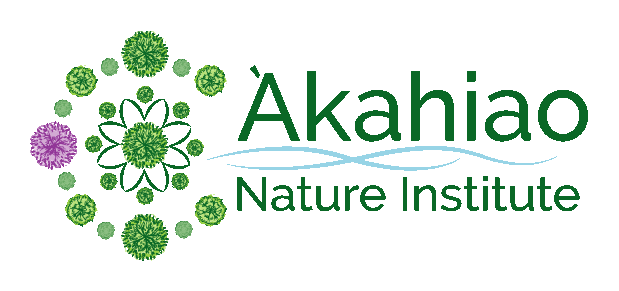Benefits of Shinrin-yoku: Forest Bathing
- Liana Macdonald-Kainoa

- Dec 22, 2020
- 3 min read
Updated: Dec 29, 2020

Shinrin-yoku is an ancient practice but the term was coined in 1982 by Tomohide Akiyama. The Japanese term shinrin-yoku means “forest bathing”. This metaphorical term is a gentle practice of connecting with nature by spending quality time in a forest, generally two or more hours. The human body is deeply rooted in nature but the problem that we are seeing in today’s society is that more and more people are being removed and disengaged from the natural world.
A 2014 United Nations report estimated that 66 percent of the population will live in urban areas by 2050. Never before have humans immersed themselves in such an artificial environment. Stress-related diseases have skyrocketed in society’s fast-paced lifestyle, rarely allowing us time to physically and mentally relax. This is an increasing epidemic. Along with that technology has also contributed to what many of us experience as “techno-stress”. Amidst all these factors are leading to health problems, shinrin-yoku is an excellent solution and preventative health measure.
Evidence shows that shinrin-yoku is beneficial to our psychological and physiological health, and is now considered a preventative medicine. With growing interest and popularity, shinrin-yoku has evolved into “forest therapy” with many certified doctors in forest medicine.
Immersing oneself in a forest atmosphere helps reduce stress, boost the immune system, and it is a low-cost preventative health treatment for many conditions such as high blood pressure. Forest therapy helps boost the immune system by increasing the levels of natural killer (NK) cells. It promotes feelings of relaxation and general well-being. Our bodies have evolved to respond to natural light, and exposure to the natural elements can improve one’s sleep quality. Our parasympathetic nervous system is responsible for our rest and digest functioning. The immune system can crash when the parasympathetic nervous system is in a constant state of over-stimulation and high stress, which can lead to your immune system being susceptible to other illnesses and diseases.
Carve out time to walk through a forest near you. Leave your phone behind and take the journey slowly and with conscious intention. Open up all of your senses and take in the world around you. There are a plethora of titillating experiences one may have. It’s so good for our health!

Ways to Engage with the Forest:
Walk Mindfully - take it slow and walk gently through the forest and take notice of how you feel and observe your surroundings.
Dance - Allow yourself to dance if that suits you.
Use your five senses - Use your senses to smell the trees aroma, feel the moisture on your skin, taste the sunshine, touch the rough bark, see the significance of an insect , and hear the silence. See how you feel when you hug a tree! Yes, hug a tree!
Meditate - Find a comfortable place to sit and close your eyes and focus on your breath.
Stretch - Bring awareness to your body and give it a good stretch. Take your time with this and feel every movement. Feel euphoria of the body and the release of tension.
Lay in a hammock - Extend your stay and bring a hammock along so you can perch up for a bit. When we become still we start to take notice to the fascinating life around us.
Investigate - Ask questions and let your curiosity wander.
Journal - Bring a journal and pen and let your creativity flow.
Read - Thereʻs nothing like reading a good book in nature. It heightens your awareness and makes your reading experience come alive.
Enjoy friends. Where is your favorite forest? Who are your favorite tree people (aka favorite trees)? Leave us a comment below. Mahalo!
Resources:
Miyazaki, Y. (2018). Shinrin Yoku The Japanese Art of Forest Bathing. Portland, Oregon: Timber Press.












Comments